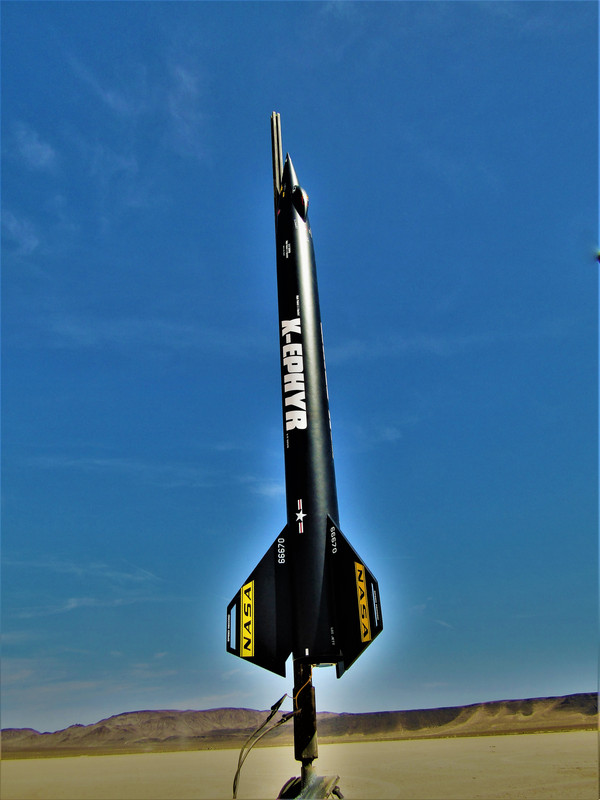Ask a simple question and get a variety of answers....it's what we do on the Rocketry Forum!
Fly this rocket and have fun. It's a proven winner. Eventually, you should learn how to simulate flights using
Thruscruve (free website or app),
Openrocket (free software), or
Rocksim (paid software). All high-power motors have adjustable delays, so you need to run the sim so you know what to adjust the delay to.
I ran some sims for a 1.6 kg Zephyr using Openrocket. I downloaded the file from the Apogee website and then overrode the mass to 1.6 kg. You should measure the center of gravity of your rocket and put that in as an override too, but this should be a pretty good approximation. I then simmed it with all four of Aerotech's single-use 38 mm H motors. Here are the resits. The file is also attached.

Any of these motors will work well. The key things that you are looking for in the sim are the "Velicty off rod" and "Optimum Delay." The velocity off rod needs to be at least 50 ft/s for a safe flight. All of these motors should give a safe flight. The optimum delay varies by the motor, but this is what you will need to adjust the delay on the motor to. (+/- 1 s is close enough). Here is an
Apogee video about how to adjust the delay of these motors. Tim uses a H100 in the video, but they are all the same. If you don't have the delay adjustment tool, you can probably borrow one from someone at a launch. If yo are buying the motor at the launch the person selling you the motor should have a tool that you could use.
Congratulations on building a great-looking rocket. I've seen lots of people do L1 certs with this kit. It flies great. Good luck and have fun.
 Of course that added a little extra weight, and it currently weighs 1.4 kg. Thoughts?
Of course that added a little extra weight, and it currently weighs 1.4 kg. Thoughts?







